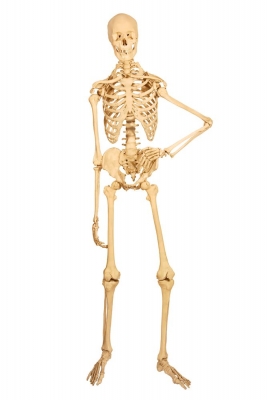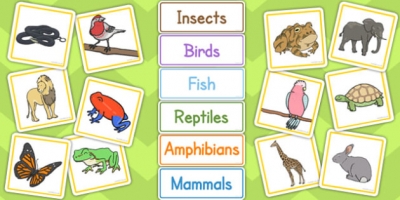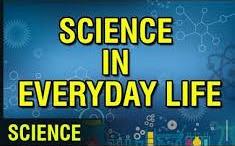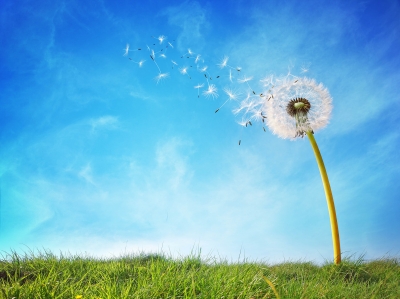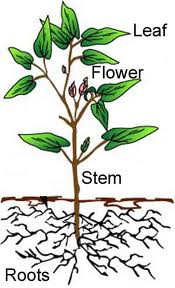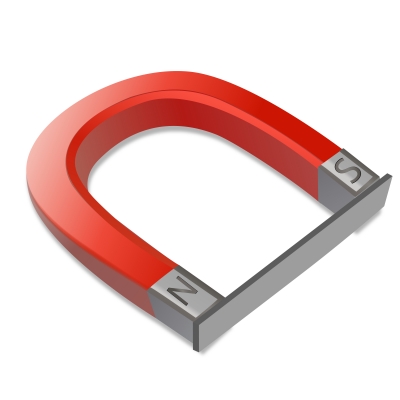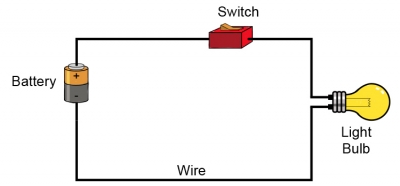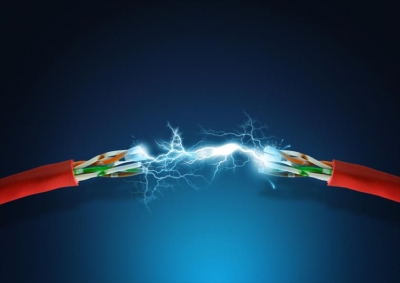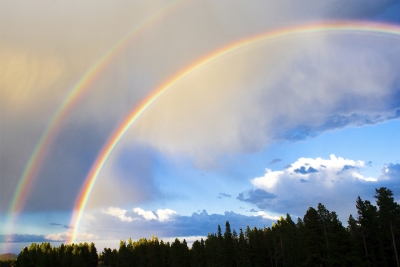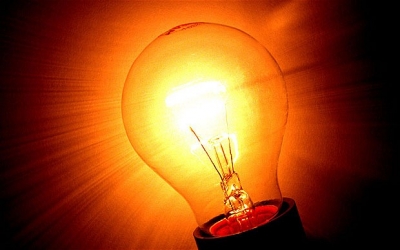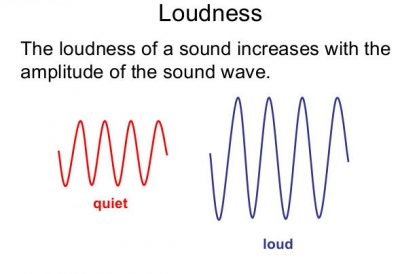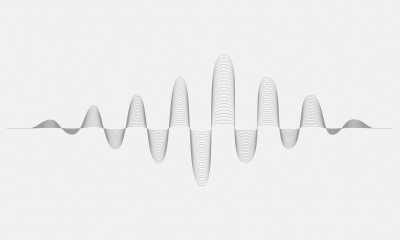What are the great scientific discoveries?
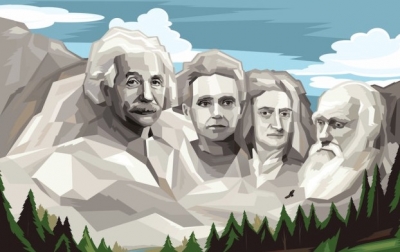
Life is full of problems, and scientists are always trying to find new ways to solve them. There are hundreds of great scientists who have changed our lives for the better,through their discoveries and their inventions. Here are seven of them.
Evolution
Charles Darwin worked out how animals, such as moths and beetles, can change over many generations to become new species. This process is called evolution.
Computers
Ada Lovelace wrote the first published computer program. She also predicted that a computer would be able to make music and images, not just do sums.
Light bulb
Thomas Edison is best known for inventing the first light bulb that could be made in large numbers. He also invented a sound-recorder and a moving-image projector, which helped to start the age of movies.
Gravity
Issac Newton is said to have discvered how gravity works when he saw an apple fall from a tree. He realized that there must be a similar force that keeps the Earth moving around the Sun.
Radioactivity
Marie Curie discovered two substances, called radium and polonium, which give off invisible rays that can pass through materials. She called these rays radioactivity.
Relativity
Albert Einstein’s theories of relativity, along with his ground-breaking E = mc^2 equation, helped scientists to understand the Universe, and how energy, mass, space, and time are all related.
Antibiotics
Alexander Fleming discovered penicillin, which led to the creation of a group of medicines called antibiotics. They kill the bacteria that cause many infections in humans and other animal, and so have saved millions of lives.
Picture Credit : Google
